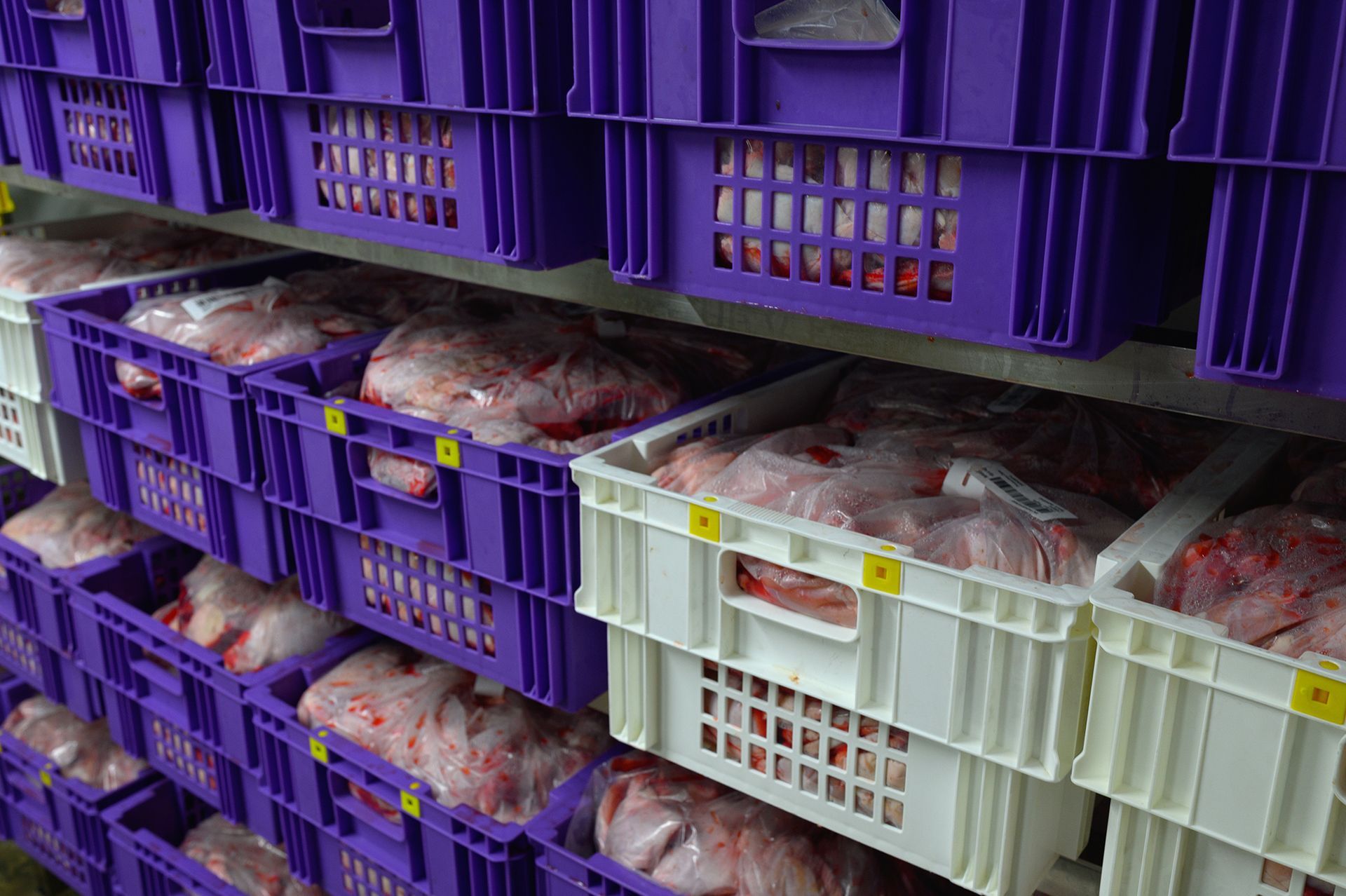Air Freight vs Sea Freight for Perishables: A Comparative Guide
Air Freight for Perishables
Air freight is the fastest and most direct method of moving perishable cargo, ideal for high-value or short shelf-life goods. It significantly reduces transit time, lowering the risk of spoilage and allowing for more frequent replenishment cycles.
When air freight is the right choice:
- Your product has a short shelf life (e.g., fresh berries, seafood, pharmaceuticals)
- Delivery speed is critical, such as overnight or within 1–3 days
- You're shipping small to mid-sized volumes or high-value items
- You want reduced exposure to temperature fluctuations
At Vision, we offer export air screening, priority cargo space, and integrated cold chain support. Our Brisbane-based team ensures your goods pass DAFF and customs compliance smoothly and arrive fresh and ready for market.
Sea Freight for Perishables
Sea freight is ideal for shipping perishables with longer shelf lives or that can withstand longer transit durations. With modern refrigerated containers (reefers), goods are kept in stable temperature-controlled environments from origin to destination.
While sea freight is typically suitable for journeys longer than seven days, actual transit times can vary widely by route. For instance, some short-haul routes, like Melbourne to Auckland, may take as little as four days, while longer international routes, particularly those to and from Europe, can sometimes exceed 50 days due to shipping detours around the Red Sea.
When sea freight is the right choice:
- You're shipping bulk volumes
- The product has a longer shelf life (e.g., frozen meat, cheese, citrus fruits)
- Cost efficiency is a bigger factor than speed
- The product can be stored at stable cold temperatures
Vision provides end-to-end temperature-controlled sea freight solutions, from origin to destination. Our access to global reefer networks and our DAFF-approved facilities ensure your products remain compliant, and cold chain integrity is never compromised.
Comparing Air and Sea Freight: What to Consider
| Factor | Air Freight | Sea Freight |
| Transit Time | 1–3 days | Varies depending on the route |
| Cost | Higher per kg | Lower per kg (better for volume) |
| Volume | Best for smaller shipments | Ideal for large-scale cargo |
| Shelf Life | Suitable for short shelf life goods | Best for goods with longer shelf life |
| Speed to Market | Immediate | Slower, scheduled deliveries |
| Temperature Control | Advanced but short duration | Stable over long periods |
| Carbon Footprint | Higher | Lower |
If you need flexibility, speed, and minimal spoilage risk, air freight is the smarter option. But if you’re focused on cost and scale, and your product can handle it, sea freight may offer better returns.
How Vision Can Help
No matter your cargo type or market demands, Vision International Logistics tailors solutions that balance cost, compliance, and freshness. From cold chain integration to customs clearance and real-time tracking, we deliver peace of mind and perishables that arrive in peak condition.
Whether your goods are flying across the world or sailing on the sea, our logistics specialists will guide you every step of the way.
Discover our air freight services
Discover our sea freight services
In Summary
Choosing between air and sea freight for perishables isn’t a one-size-fits-all decision. It depends on your product type, urgency, shelf life, and budget.
At Vision, we make that decision easier by providing expert advice and seamless freight forwarding services across both modes.
Get in touch with our team today to discuss your perishable cargo needs.










